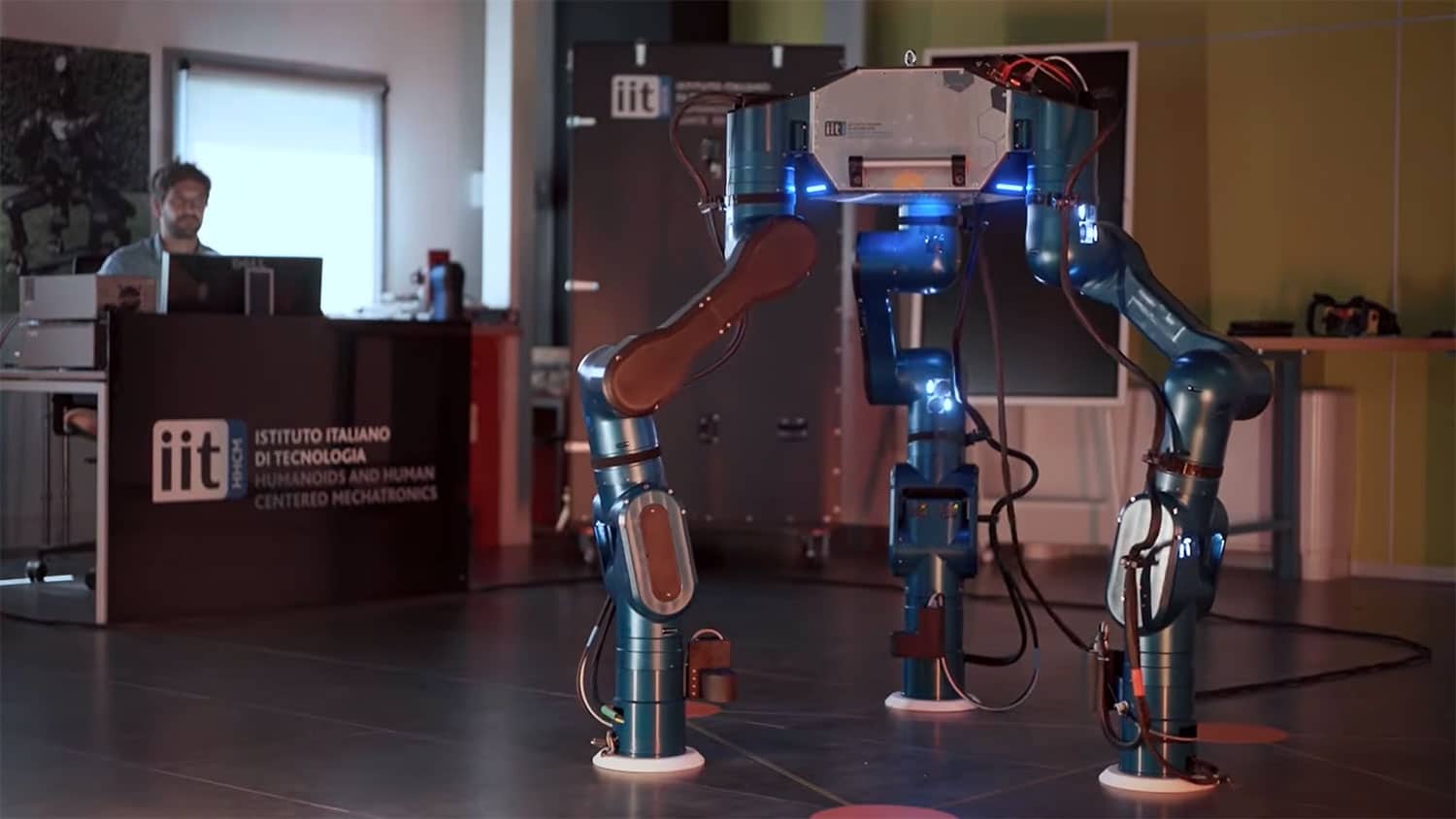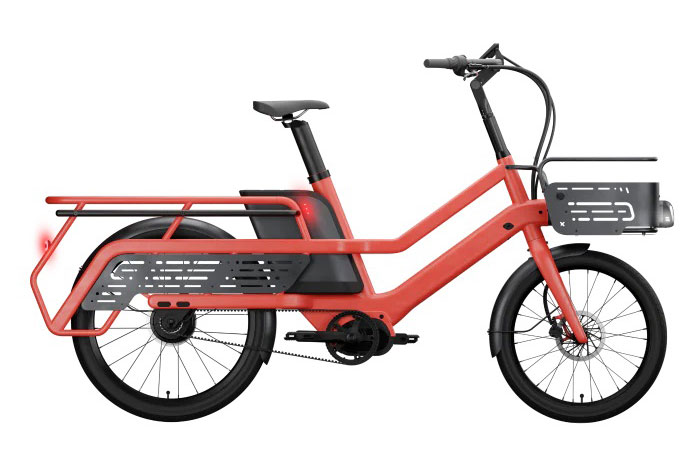
Robotic applications in the field of space exploration present unique environments, conditions and opportunities for the development of new platforms. The technologies required for robotic control, locomotion, and manipulation on Earth are quite advanced. However, the conditions of the orbital environment, such as microgravity, are posing new challenges to the robotics research community.
Researchers at Istituto Italiano di Tecnologia (IIT – Italian Institute of Technology) has recently realized a new prototype robotic platform for space applications. Designed and manufactured by IIT, in collaboration with Leonardo S.p.A and GMV, the MARM (Multi-Arm Relocatable Manipulator) platform has born in the framework of the MIRROR (Multi-arm Installation Robot for Readying ORUs and Reflectors) project, funded by the European Space Agency (ESA).
The MARM robotic system can walk, move, grasp and transport payload modules while self-relocating itself on the space infrastructure under a microgravity environment. The robot is designed to assist astronauts in assembling and maintaining infrastructures while they are in Space or, in the future, on other planets.
The robot consists of a central body, three limbs, and a docking device useful for both powering and sending/receiving data. The platform can use its three limbs to move around, grasping the standard interconnections on the station’s surfaces and crawling over them. The limbs can also be used to assemble and position components – in particular modular hexagon tiles, 1.2 m wide and 0.2 m thick, weighing about 12 kg – and to manipulate the so-called Orbital Replacement Units (ORUs).
Connected to the central pelvis base, MARM’s three limbs represent the main difference compared to previously developed technologies. The three limbs endow the robot with greater locomotion and manipulation flexibility and, at the same time, a wider manipulation range, allowing it to transport large payloads and assemble and install them, even in bi-manual mode.
Through its electromechanical and control components and thanks to a perception system and the continuous exchange of inputs/outputs, researchers say, the MARM platform will be able to pick up a payload from a store, relocate itself while carrying it, and assemble it at the desired location. The robotic platform will be used to evaluate the above scenario in a physical simulator arrangement in order to assess the feasibility of such a solution prior to the development of the space-qualified version.
New three-leg robot to transport weights, manipulate components in Space
Source: Tambay News






0 Comments